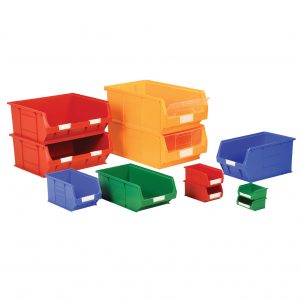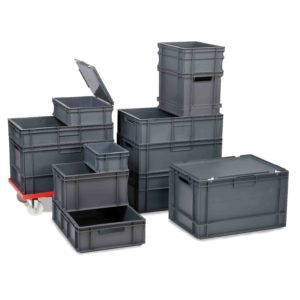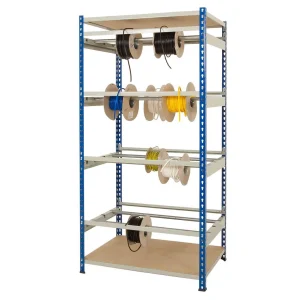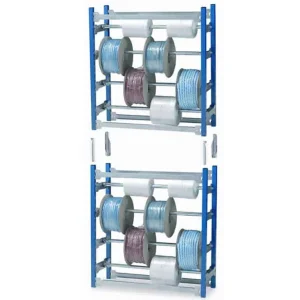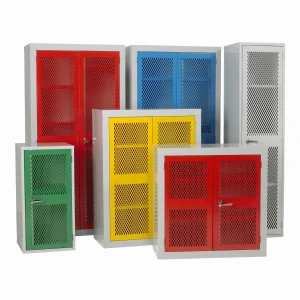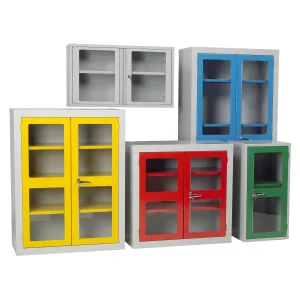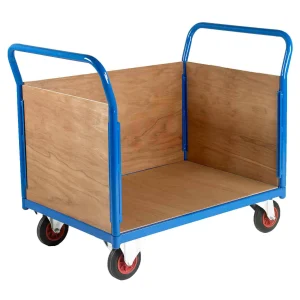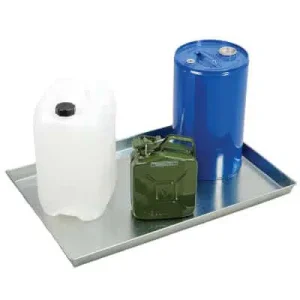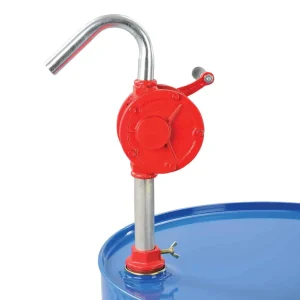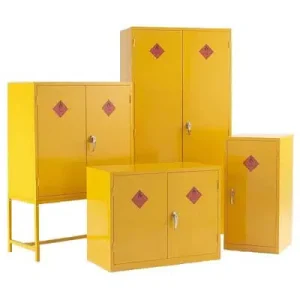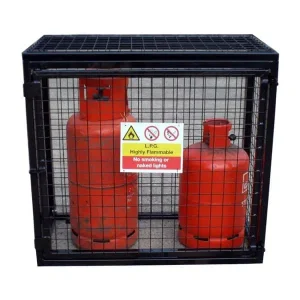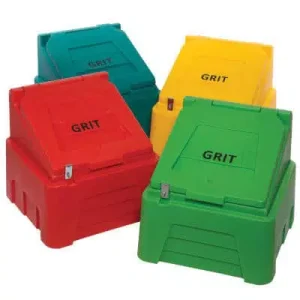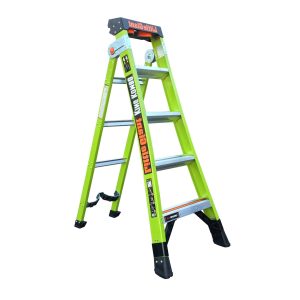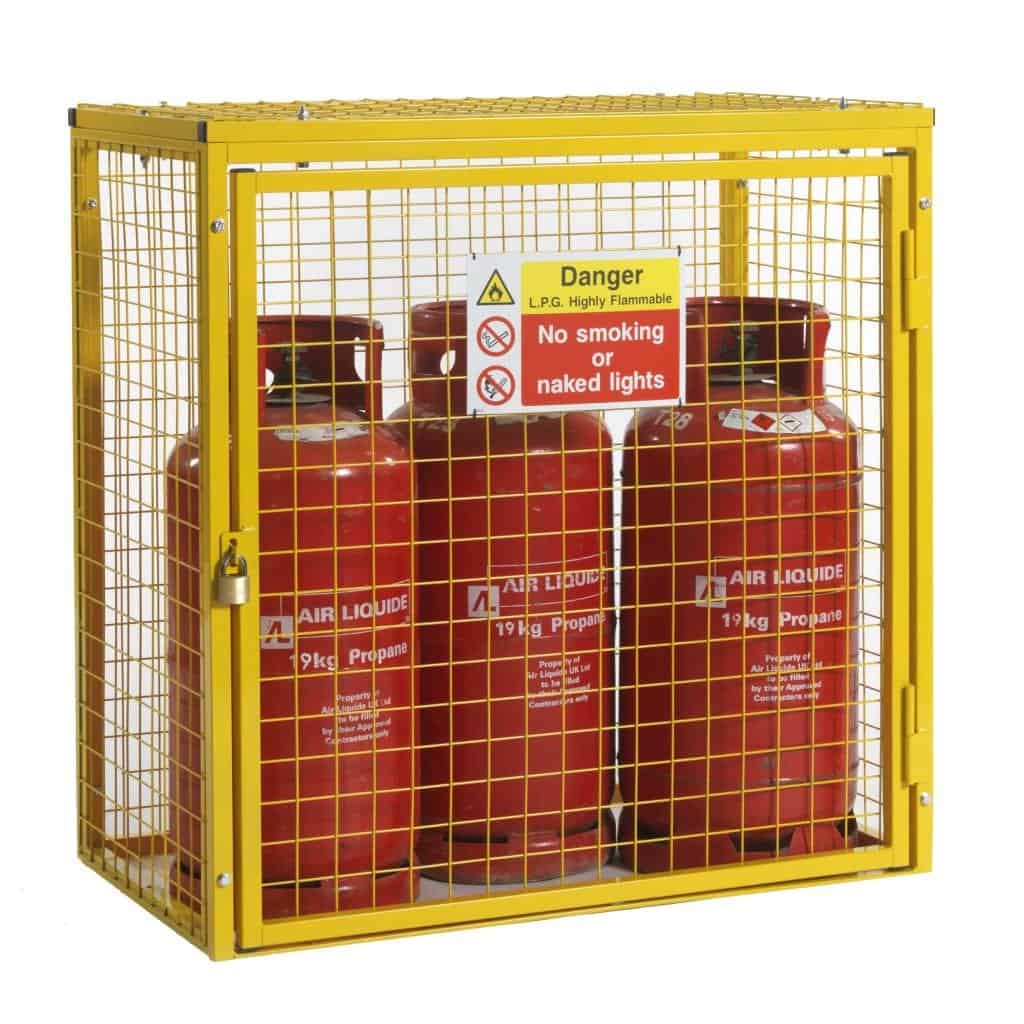
If you want to know how many different types of gas cylinders there are, you will probably end up reading a list of almost any gaseous substance you can imagine. All types of gas cylinders, from tiny handheld gas bottles to the largest industrial tanks, use the same basic concept – concentrated high-pressure gas that is released by a cylinder valve and controlled by a regulator.
Although gas cylinders contain gases, while in the vessel they may be compressed so that their vapours become a liquid, such as in the case of liquefied petroleum gas – so a gas cylinder can be a confusing term.
Not to worry, we will explain all about them! First, let’s mention the different types of cylinder materials you are likely to see in use:
- Steel: Steel is the oldest and still most common gas cylinder material, which is a very strong metal. The durability of steel gas cylinders is useful in industrial settings, where bottles may be refilled frequently and require transport or handling within a heavy-duty environment.
- Aluminium: Using aluminium is great for a small, lightweight and safe gas cylinder, such as for a little can of butane or even simple aerosol sprays. Aluminium is also much easier to recycle than steel, so it is quite a green option.
- Alloys: A mixture of metals, which may include aluminium or steel in some cases, can give you a more appropriate cylinder for a particular task. For example, aluminium alloys with a stronger metal can make for robust yet very lightweight diving cylinders.
- Composite materials: A gas cylinder can be encased in a fibre-reinforced polymer, which will help to prevent even tiny leaks from very thin metal cylinders and add extra tensile strength. Composite cylinders are commonly used in space travel and rocketry.
Even just knowing the materials, you can begin to see just how many types of gas cylinders there are!
If you require a gas cylinder storage solution, please feel free to browse our fantastic selection of gas storage products, which are available with free UK delivery and a low-price promise. You can also get in touch with us should you have any questions about a particular product.
Read on to discover what types of gas cylinders there are and what people use them for:
Butane & Propane
Butane and propane are possibly the most common fuels in routine use, either in a professional industrial environment – but also in the home. If you have ever owned or operated a gas barbecue, the odds are it is one or both of these substances that is powering the grill.
Many people use gas cylinders filled with compressed propane or butane for camping too, which gives you a reliable and easy-to-switch-off, not to mention a smokeless, power source for cooking your food. A lot of campsites have facilities where people can rent gas bottles for fuel
Another important use for butane or propane is as heating and fuel for motor homes, which can power a stove, radiator, water heater or another device, and provides a long-term solution for safe cooking. With a compressed liquefied gas such as butane or propane, you can get a very dense method of storage and safe transport, so even small canisters can last a very long time..
Propane and butane are both types of liquefied petroleum gas (LPGs). Welding and cutting professionals occasionally make use of propane for cutting metal too, but normally alongside other gases. Propane also happens to be the gas of choice for hot air balloons.

Oxygen
Pure or a percentage of oxygen with other gases can be compressed into a gas cylinder, which has a wide variety of uses.
Perhaps the most important use for gas cylinders containing oxygen is in the healthcare sector. Medical professionals provide oxygen for patients who are struggling to breathe by themselves, such as if they are in shock after an accident, and oxygen inhalation can positively stimulate the body. Medical oxygen is usually combined with other substances, such as helium, but the beneficial effects to the body are the result of the oxygen itself.
During the COVID-19 pandemic and many other outbreaks, following emergencies, disaster relief efforts and many other catastrophes, compressed oxygen cylinders play a huge role in treating people with acute forms of respiratory symptoms – as well as for a whole slew of other blood, pain and psychological issues.
Firefighters frequently use oxygen canisters to breathe safely while battling flames, but there are all sorts of uses for it during mountain rescues, maritime disasters, armed conflicts and while administering first aid too.
Another common use for oxygen cylinders is during scuba diving, where divers often make use of lightweight alloy bottles – so that they can dive safely and manoeuvre more comfortably.
Carbon Dioxide
Although potentially harmful to humans, carbon dioxide is excellent for use as a fire extinguisher. As a result, compressed carbon dioxide, alongside other fire-reducing gases, aggregate substances and particulates, are commonly used for domestic and commercial fire extinguishers.
Nitrogen
Nitrogen and its compounds, notably nitrous oxide, are used as an anaesthetic. Compressed canisters containing nitrogen also have medical applications in surgical tools, which require precise movements and can be controlled with great accuracy with a controlled release of the gas by a simple tap on the controls.
Nitrogen is a good example of a non-liquefied gas, which means that no matter what pressure it might be stored at there is no possibility of it becoming liquid – except at certain extreme temperatures. However, the compound nitrous oxide can be liquefied.
Nitrogen requires very high pressure for it to be stored effectively, so a nitrogen cylinder is typically quite tall and slim. Many welders use nitrogen for its semi-inert properties, where it is known as a ‘shielding gas’.
Hydrogen
Fuel cell vehicles, which are a type of electric car, use compressed gas cylinders filled with hydrogen and mix it with the oxygen in the air to power their electric motors. When hydrogen is ignited it can be used as a clean propellant for the engine in such a design, which is thanks to the controlled release of the hydrogen gas from the cylinder’s valves.
Hydrogen also plays a huge role in aeronautics and space travel. The classic image of a shuttle blasting flames from its thrusters is a memorable one – and it is not any type of LPG or petroleum that is used, but extremely large hydrogen canisters!

Helium
Helium is used to blow up party balloons but is also an important shielding gas that many welders like to use for its ability to increase the intensity of heat and and enhance a flame’s penetration into a metal. Hot air balloons will also use helium instead of hydrogen in some cases.
Helium cylinders have some medical applications too, such as in the case of heliox – a combination of helium and oxygen – that can help patients to breathe more easily as it has a similar percentage of oxygen that is present in the air.
There are many scientific and pharmaceutical uses for compressed helium, but this is on an industrial scale. Compressed helium is also used as a form of refrigeration, but not normally in a gas cylinder.
Argon
Argon, or argon-helium and many other mixtures, are used for all grades of welding and cutting. Argon can also be used to preserve food and drinks and is often preferred to seal the top of a bottle or barrel, which will keep wine, olive oil and hops from spoiling.
Argon is an inert gas, so it will prevent the degradation of all sorts of precious documents and other antiquities. If you have ever seen an exhibit in a museum with a pressure gauge behind the glass, you can bet that an argon gas cylinder is somewhere nearby.
Argon has massive industrial applications too, where it is used to create a variety of alloys and to assist in refining metals such as titanium – a metal that needs intense heat to manufacture.
Mixed Gases
Many gas cylinders will contain a mixture of gases, which will give the contents of a gas cylinder a combination of the properties of each. There are numerous potential mixtures, such as butane and propane. Many fuels, such as petrol, are a mixture too, though most are not compressed gas.
Welders frequently use different types of gases together to provide certain types of deep penetrating cuts on strong metals. Argon is the staple of welders, but they add helium, carbon dioxide, nitrogen, oxygen, hydrogen and even propane in various mixtures for certain tasks.
Types of Gas Cylinders Explained
Acetylene, propylene, methane and many other gases could form other types of gas bottles, but the ones we have mentioned above are the most common for various kinds of home and industrial use.
The choice of how many different types of gas cylinders to list is a tough one, as there are so many gases and compounds that could be put to use in a variety of settings. However, the above list represents the most common types you are likely to come across.
If you use any type of gas cylinder, you will need a safe, reliable and cost-effective storage solution. Take a look at our superb gas bottle storage products and buy online with free UK delivery. Please feel free to get in touch with us if you have any product questions.
